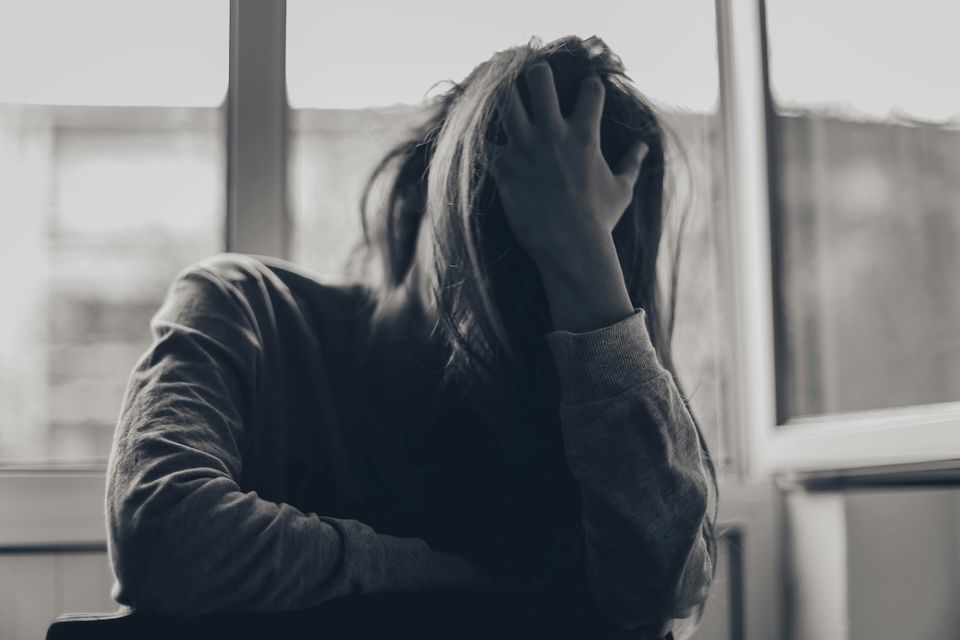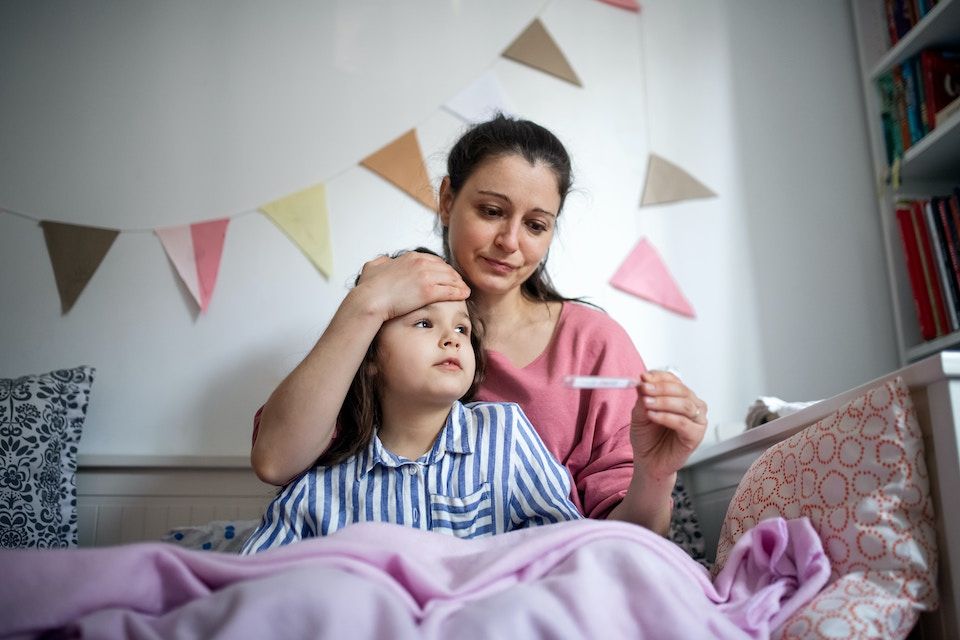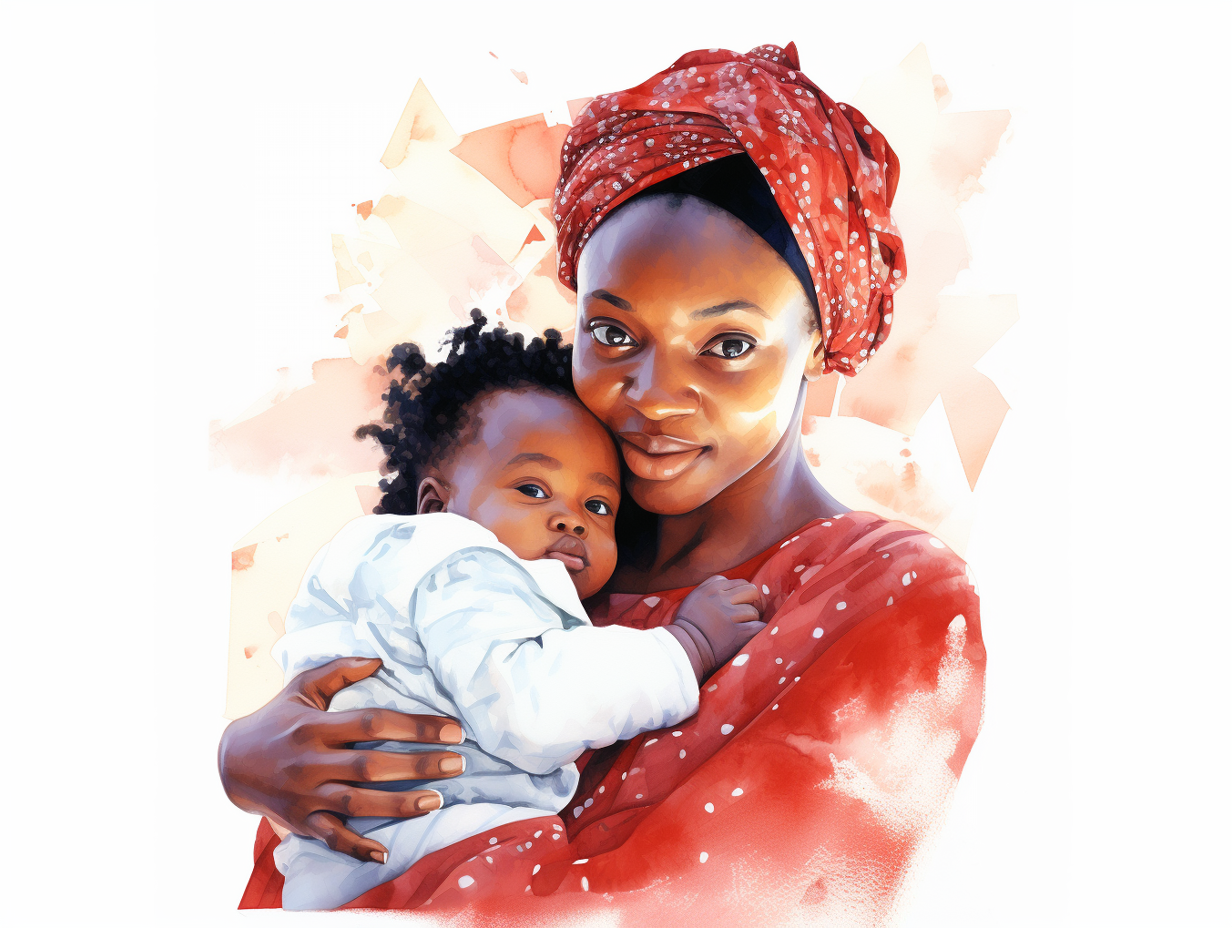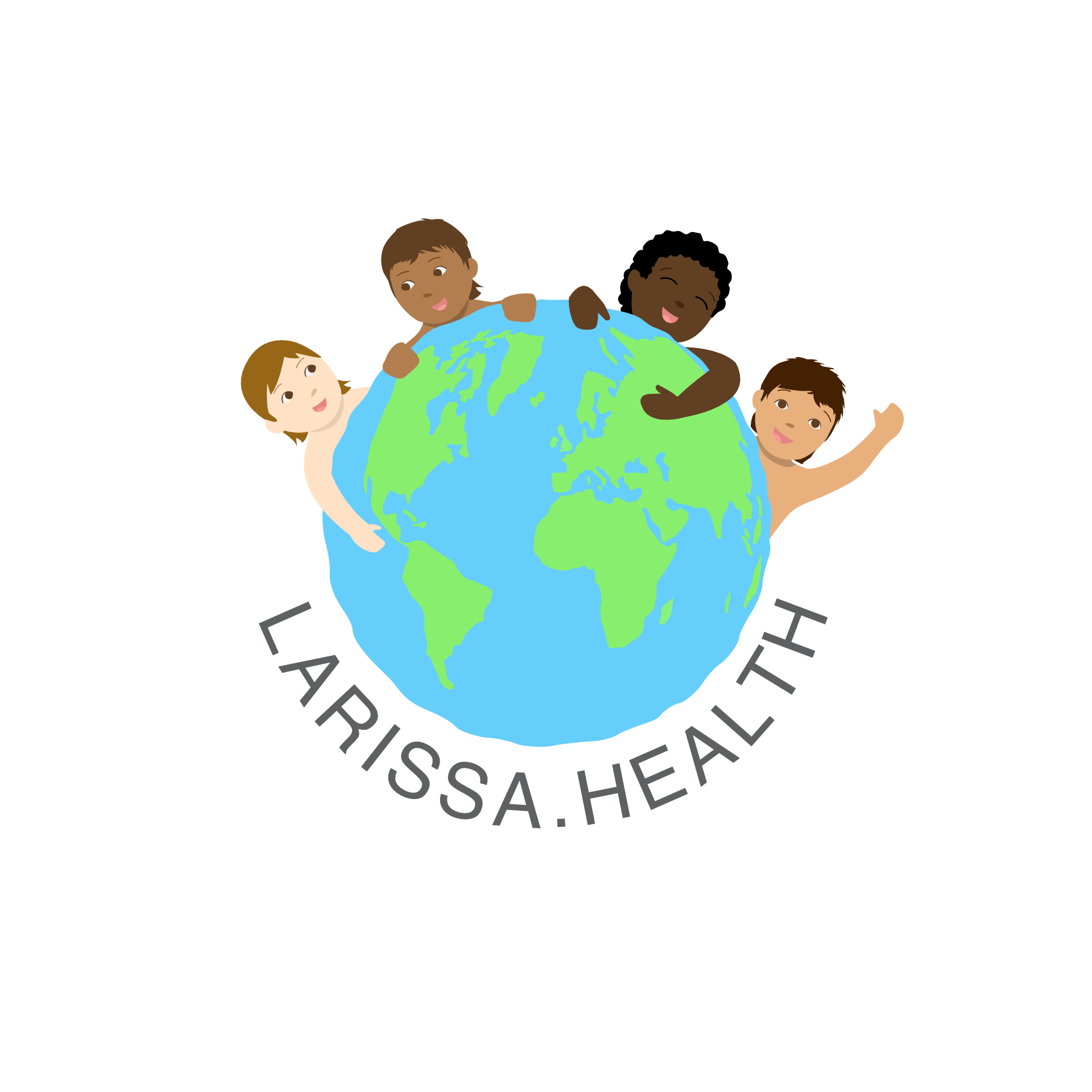UNFPA Strengthens HIV Response Through Integrated SRHR Strategy
The United Nations Population Fund (UNFPA) is intensifying efforts to integrate HIV prevention and treatment into broader sexual and reproductive health and rights (SRHR) services.
Barriers including stigma, discrimination, restrictive laws, and gender-based inequalities continue to limit access to essential prevention and treatment services. UNFPA addresses these challenges through policy advocacy, legal reform, culturally appropriate sexuality education, and wide-scale distribution of condoms and lubricants to protect against HIV, STIs, and unintended pregnancies.
Four Priority Areas in UNFPA’s UNAIDS Co-Sponsorship Framework:
Adolescent girls, young women, and their partners
Key populations (sex workers, MSM, transgender individuals, people who inject drugs)
Condom and lubricant programming
Integration of HIV and SRHR services
Although key populations represent less than 5% of the global population, they account for up to 70% of new HIV infections. In some regions, this proportion is rising or stabilizing at high levels. UNFPA supports community-led organizations, improves sexual health commodity logistics, and scales peer-led outreach to increase service accessibility.
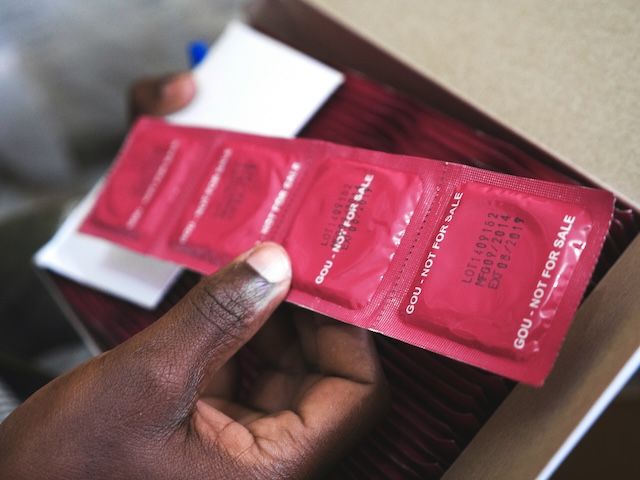 Photo by Reproductive Health Supplies Coalition
Photo by Reproductive Health Supplies Coalition
Examples of Regional Implementation:
Eastern and Southern Africa: UNFPA engages in major forums such as ICASA, advocating for increased funding, human rights protections, and inclusive strategies to meet the global goal of ending AIDS by 2030.
Sierra Leone: World AIDS Day 2024 focused on stigma reduction, youth engagement, condom accessibility, and treatment coverage—achieving 95% diagnosis and 90% treatment uptake.
Tanzania: UNFPA combines HIV counseling, self-testing, PrEP/PEP, and integrated SRHR services with efforts to empower rural women to claim their health rights.
UNFPA collaborates with global partners including UNAIDS, the Global Fund, PEPFAR, and other UN agencies to deliver a combination prevention strategy—encompassing behavior-change communication, testing, condom distribution, community mobilization, and capacity building. Its HIV Prevention 2025 Roadmap outlines specific national actions, monitored via annual scorecards.
Impact of Supply Chain Initiatives:
Between 2018 and 2022, UNFPA facilitated the distribution of over 5 billion condoms and 526 million sachets of lubricant to developing countries. These efforts are estimated to have prevented 570,000 HIV infections, 25 million sexually transmitted infections, and 16 million unintended pregnancies.
Treatment & Prevention: Embracing U=U
UNFPA emphasizes the U=U principle—"undetectable = untransmittable"—highlighting that people with undetectable viral loads cannot transmit HIV. This scientific understanding reinforces the importance of testing and adherence to antiretroviral therapy as part of global prevention efforts.
Youth Engagement & Human Rights
Youth participation remains central to UNFPA’s strategy. Young people are actively engaged as peer educators, advocates, and program designers, contributing to evidence-based education and legal reform that reflects their lived realities and specific needs.
Persistent structural inequalities—based on age, gender, stigma, and punitive laws—continue to drive HIV transmission in many regions. UNFPA’s integrated approach places HIV services within the broader framework of sexual and reproductive health rights, community-led empowerment, and systemic healthcare strengthening. Reaching the target of zero new infections by 2030 will require sustained funding, supportive legal environments, and the meaningful involvement of key populations in all areas of policy and practice.
Source: UNFPA

